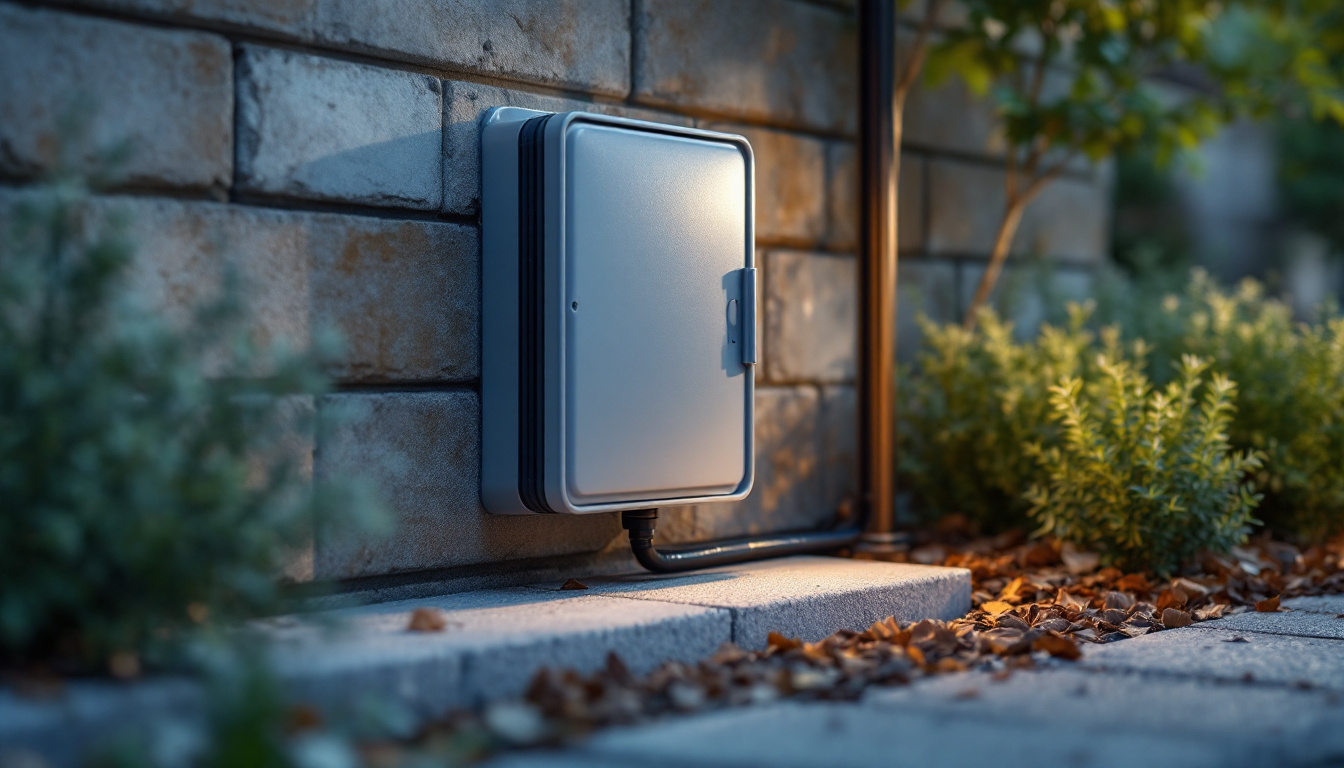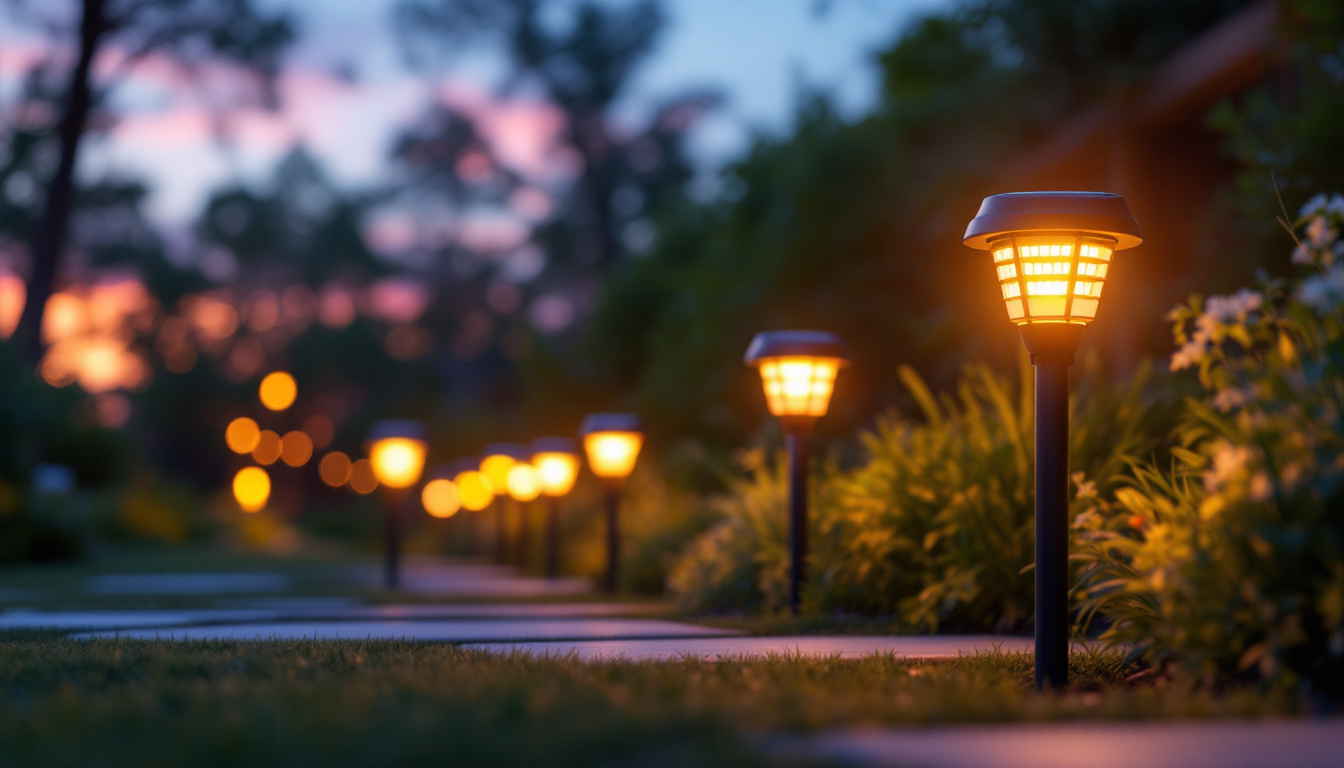
Lighting contractors often face questions about the efficiency and safety of various lighting options. Among these, incandescent bulbs remain a popular choice due to their warm light and affordability. However, one of the most significant concerns surrounding incandescent bulbs is their tendency to generate heat. This article aims to provide an in-depth look at the heat production of incandescent bulbs, their implications for safety and efficiency, and how contractors can navigate these concerns in their projects.
Incandescent bulbs have been a staple in the lighting industry for over a century. They work by passing an electric current through a thin filament, which then heats up and emits light. This process, while effective, is inherently inefficient, as a substantial amount of energy is lost as heat rather than light. Despite their inefficiency, incandescent bulbs have a warm glow that many people find appealing, making them a popular choice for residential lighting and decorative fixtures.
The fundamental principle behind incandescent lighting is relatively straightforward. The filament, typically made of tungsten, is heated to a high temperature—around 2,200 to 3,000 degrees Fahrenheit—causing it to glow and produce light. This high temperature is a primary reason why incandescent bulbs can become hot to the touch. Additionally, the design of the bulb itself, often encased in a glass envelope, helps to protect the filament while also providing a medium for the light to diffuse, creating the familiar soft illumination that many prefer over the harsher light produced by modern alternatives.
In contrast to newer lighting technologies, such as LEDs or compact fluorescents, which convert a higher percentage of energy into light, incandescent bulbs can waste up to 90% of their energy as heat. This inefficiency raises important considerations for contractors when choosing lighting solutions for various applications. However, the simplicity of incandescent bulbs allows for easy dimming and compatibility with standard light fixtures, making them a versatile option for various settings, from cozy living rooms to elegant dining areas.
One of the most pressing issues with incandescent bulbs is their heat generation. When operating, these bulbs can reach temperatures that may pose safety risks, particularly in enclosed fixtures or near flammable materials. Understanding the heat output of these bulbs is crucial for ensuring safe installation and operation. In fact, many fire safety regulations emphasize the importance of proper ventilation and clearance around incandescent fixtures to mitigate potential hazards.
Moreover, the heat produced can affect the longevity of the bulb itself. Excessive heat can shorten the lifespan of the filament, leading to more frequent replacements and increased maintenance costs. This factor should be weighed carefully when selecting lighting options for clients. Additionally, the environmental impact of frequently replacing incandescent bulbs cannot be overlooked, as the production and disposal of these bulbs contribute to waste. As consumers become more environmentally conscious, the conversation around incandescent lighting continues to evolve, prompting a reevaluation of their role in modern lighting design.
Given the heat generation of incandescent bulbs, safety is a paramount concern for lighting contractors. Proper installation and usage guidelines must be followed to mitigate risks associated with heat exposure. The high temperatures produced by these bulbs can lead to not only discomfort but also potential damage to surrounding materials, making it crucial for contractors to be vigilant in their practices.
When installing incandescent bulbs, it is essential to consider the type of fixture being used. Fixtures that are not designed to dissipate heat can lead to overheating, which may result in bulb failure or even fire hazards. Contractors should always verify that the fixtures are rated for the wattage of the bulbs being used. This includes checking for compatibility with dimmer switches, as improper use can exacerbate heat issues and shorten the lifespan of the bulbs.
Additionally, ensuring adequate ventilation around the fixture can help manage heat buildup. This is particularly important in recessed lighting installations, where airflow may be restricted. Using fixtures specifically designed for incandescent bulbs can also help maintain safety standards. Furthermore, it is advisable to regularly inspect the fixtures for any signs of wear or damage, as this can affect their ability to handle heat effectively. Implementing a routine maintenance schedule can help prevent potential hazards before they arise.
Educating clients about the heat output of incandescent bulbs is vital. Contractors should inform clients about the potential risks associated with using these bulbs, especially in environments where heat accumulation may be a concern. This education can empower clients to make informed decisions about their lighting choices. Additionally, discussing the importance of bulb placement is crucial; for instance, bulbs should be positioned away from flammable materials and in areas where they can dissipate heat efficiently.
Providing recommendations for alternative lighting solutions, such as LEDs or CFLs, can also be beneficial. These options not only produce less heat but also offer energy savings and longer lifespans, making them attractive alternatives for many applications. Contractors can also highlight the environmental benefits of switching to energy-efficient lighting, such as reduced carbon footprints and lower electricity bills, which may resonate well with eco-conscious clients. By fostering a comprehensive understanding of lighting options, contractors can help clients make choices that enhance safety and efficiency in their spaces.
In the quest for effective lighting solutions, it is essential to compare incandescent bulbs with other technologies. Understanding the differences in heat output, efficiency, and lifespan can help contractors make informed recommendations to their clients.
LED (Light Emitting Diode) bulbs have gained popularity as a more energy-efficient alternative to incandescent bulbs. One of the most significant advantages of LEDs is their low heat output. Unlike incandescent bulbs, which convert most of their energy into heat, LEDs convert a much higher percentage into visible light.
This efficiency not only reduces energy costs but also minimizes the risk of overheating. As a result, LEDs can be used in a wider variety of fixtures without the same safety concerns associated with incandescent bulbs. Additionally, the lifespan of LEDs can be significantly longer, often exceeding 25,000 hours compared to the average 1,000 hours for incandescent bulbs.
Compact fluorescent lamps (CFLs) offer another alternative to incandescent bulbs. While they do produce some heat, it is considerably less than that generated by incandescent lighting. CFLs are more energy-efficient than incandescent bulbs, using about 70% less energy to produce the same amount of light.
However, contractors should note that CFLs contain a small amount of mercury, which requires special handling and disposal. This factor can be a deciding point for clients concerned about environmental impact. Educating clients on the pros and cons of each option can help them make the best choice for their needs.
For contractors who choose to work with incandescent bulbs, implementing heat management strategies is essential. These strategies can help mitigate the risks associated with heat generation while maximizing the benefits of incandescent lighting.
One of the simplest ways to manage heat output is by selecting the appropriate wattage for the intended application. Using bulbs with lower wattage can significantly reduce heat generation, making them safer for various environments. Contractors should always consider the specific needs of the space and recommend wattages that align with safety standards.
Additionally, utilizing dimmer switches can help control the brightness and heat output of incandescent bulbs. By reducing the voltage supplied to the bulb, dimmers can extend the lifespan of the bulb while also minimizing heat production.
Regular maintenance and inspections of lighting fixtures are crucial for ensuring safety and efficiency. Contractors should recommend routine checks to clients, focusing on the condition of the bulbs, fixtures, and wiring. This proactive approach can help identify potential issues before they escalate into safety hazards.
Furthermore, ensuring that fixtures are clean and free from dust and debris can improve heat dissipation. Accumulated dirt can act as insulation, trapping heat and increasing the risk of overheating. A simple cleaning regimen can go a long way in maintaining safe and efficient lighting systems.
While incandescent bulbs have been a staple in the lighting industry for years, their future is increasingly uncertain. With the rise of energy-efficient technologies, many regions are implementing regulations to phase out incandescent bulbs in favor of more sustainable options.
As environmental concerns continue to shape the lighting industry, contractors must stay informed about regulatory changes that may impact the use of incandescent bulbs. Many governments are promoting energy efficiency through incentives for LED and CFL installations, which could further diminish the market for incandescent lighting.
Contractors should be prepared to adapt to these trends by expanding their knowledge of alternative lighting technologies. This adaptability will not only benefit their businesses but also ensure that they can meet the evolving needs of their clients.
The lighting industry is constantly evolving, with new technologies emerging regularly. Contractors who embrace innovation and stay updated on the latest advancements in lighting solutions will be better equipped to serve their clients effectively.
Exploring smart lighting options, such as connected bulbs and systems that allow for remote control and automation, can also provide additional value to clients. These innovations not only enhance convenience but also contribute to energy savings and improved safety.
In conclusion, while incandescent bulbs remain a popular choice for many applications, their heat generation poses significant safety concerns that lighting contractors must address. Understanding the mechanics of incandescent lighting, adhering to safety guidelines, and exploring alternative options can help contractors provide the best solutions for their clients.
As the industry continues to evolve, staying informed about new technologies and regulatory changes will be crucial for contractors. By embracing innovation and prioritizing safety, lighting professionals can navigate the challenges of incandescent lighting while ensuring that they meet the needs of their clients effectively.
Ultimately, the choice of lighting should balance aesthetics, efficiency, and safety. By providing comprehensive knowledge and guidance, lighting contractors can help clients make informed decisions that enhance their spaces while minimizing risks associated with heat generation.
Ready to enhance your lighting projects while ensuring safety, efficiency, and client satisfaction? Look no further than LumenWholesale for your lighting needs. Our extensive selection of spec-grade lighting products is designed to meet the highest industry standards, providing you with reliable and high-performance options for every application. Say goodbye to inflated markups and hello to unbeatable wholesale prices, complete with the convenience of free shipping on bulk orders. Elevate your lighting game and offer your clients the best value by choosing Wholesale Lighting at the Best Value with LumenWholesale.

Discover essential best practices for selecting and installing outdoor electrical box covers in this comprehensive guide tailored for lighting contractors.

Discover the pivotal role automatic lighting systems play for contractors in enhancing efficiency, safety, and sustainability.

Explore the transformative journey of solar battery lights in the lighting industry, highlighting their eco-friendly innovation, cost-effectiveness, and impact on sustainable living.

Discover the essential reasons lighting contractors should prioritize converting T12 fluorescent tubes to LED.